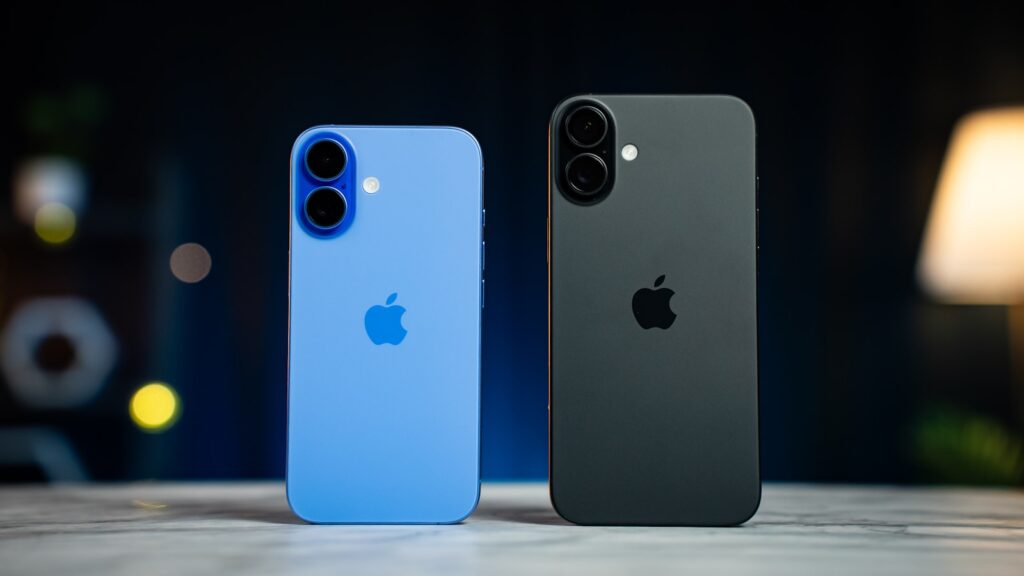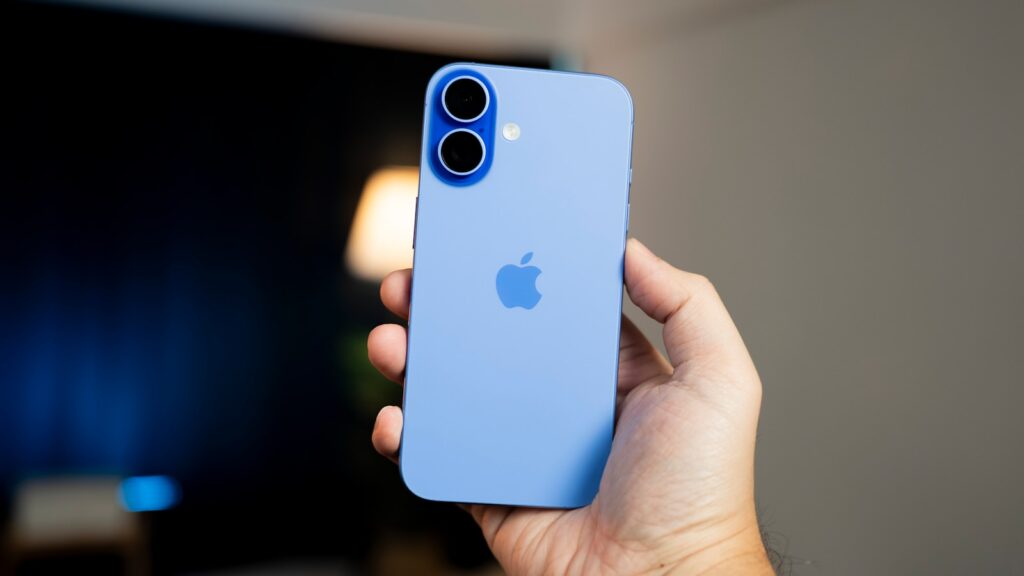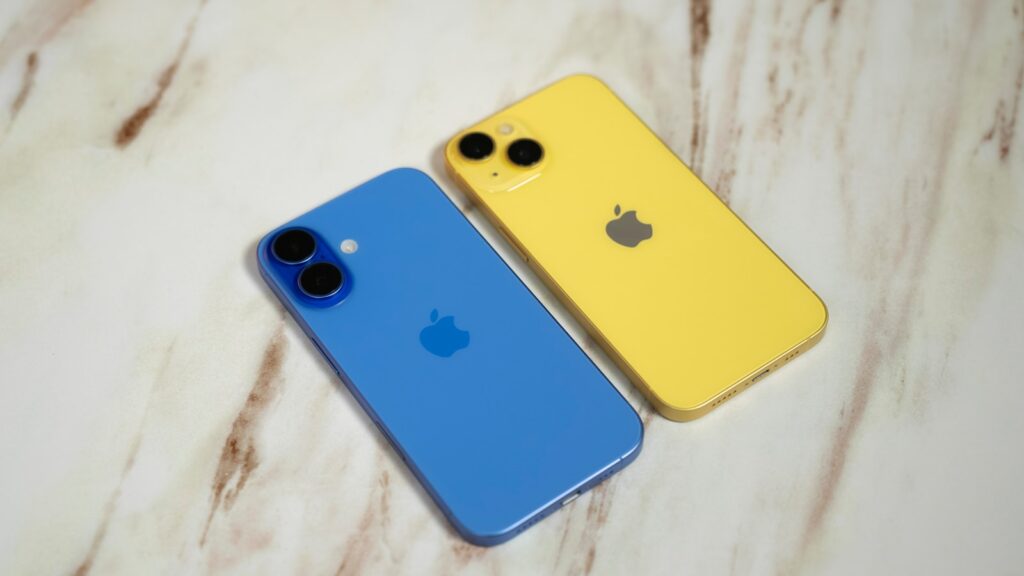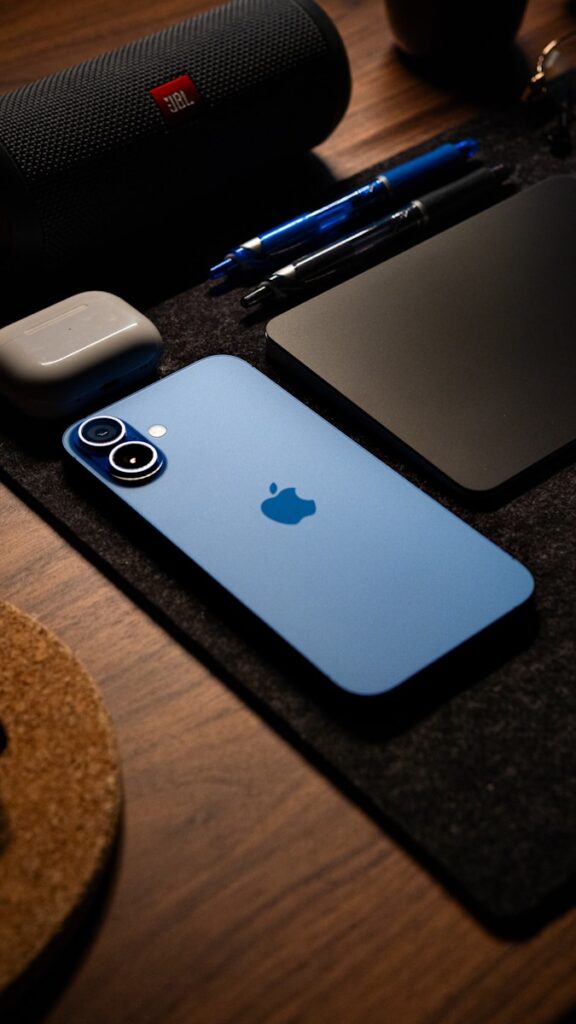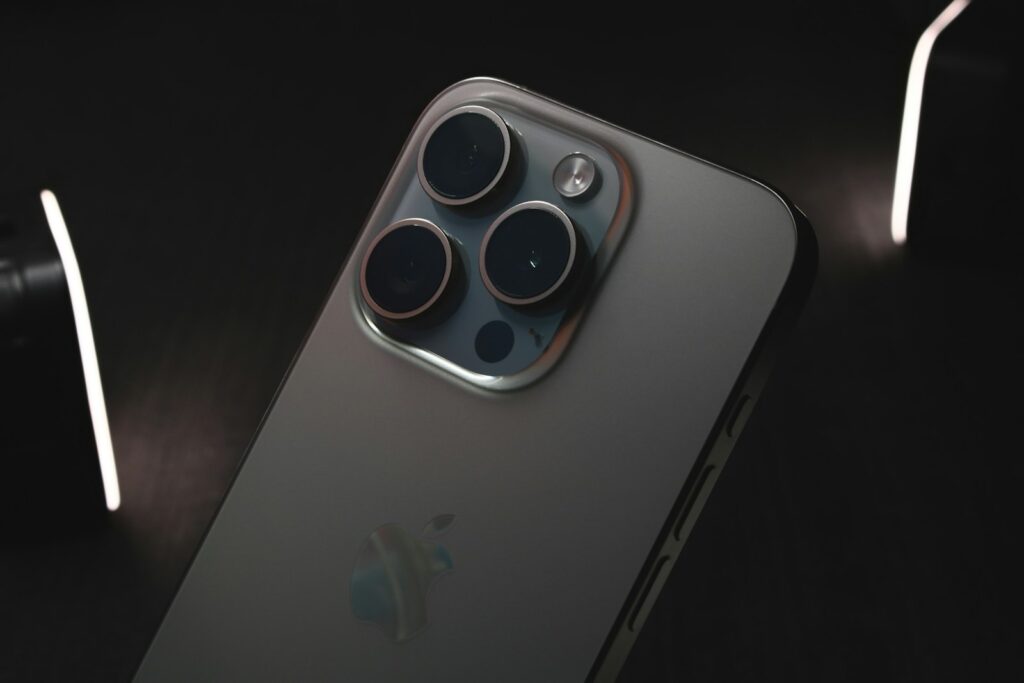
The landscape of mobile technology is perpetually shifting, with each new iteration promising a leap forward in user experience and capability. For years, the anticipation surrounding Apple’s annual iPhone reveal has been a cornerstone of the tech calendar, often fueled by a flurry of leaks and industry whispers. This time, however, the picture painted by multiple supply chain sources and expert analyses suggests that the iPhone 16 and the rumored iPhone 17 lines represent not just incremental updates but rather substantial evolutions, particularly in two critical areas: artificial intelligence and camera technology.
Apple is reportedly “going all in on AI features and giving the camera system its most significant upgrade in years,” according to industry insiders. This strategic pivot aims not only to keep pace with the fierce competition from Google’s Pixel series and Samsung but also to redefine what a smartphone can achieve. The September event is poised to be particularly compelling, showcasing innovations that promise to make previous reveals “look tame.”
This in-depth exploration will dissect the most impactful enhancements across the iPhone 16 series, from groundbreaking hardware additions like the new Camera Control button to the profound integration of Apple Intelligence. We will meticulously examine the advancements in camera optics and processing, delve into the robust performance gains offered by the new A18 and A18 Pro chips, and consider how these innovations collectively establish a new benchmark for mobile technology.
1. **Apple Intelligence: A New Era of On-Device AI** The advent of Apple Intelligence marks a pivotal moment for the iPhone, bringing sophisticated generative AI capabilities directly to the device. Announced at WWDC in June, these features, integrated within iOS 18 (and to be rolled out over several updates), were initially exclusive to the iPhone 15 Pro. However, the iPhone 16 line now democratizes this power, with Tim Cook emphasizing that the new family was “built from the ground up for Apple Intelligence.” This foundational design ensures optimal performance and seamless integration of these advanced functionalities.
Apple has reiterated the broad spectrum of Apple Intelligence features, which transcend a mere Siri upgrade. Users can anticipate powerful writing tools, a completely re-imagined Siri offering personalized context, and impressive image generation capabilities, including AI-made custom emojis. The new Image Playground app will facilitate the creation of totally new creative images, while smart summaries will distill emails and notifications into concise insights. This suite of features indicates Apple’s serious commitment to on-device processing, directly challenging competitors in the AI domain.
While the iPhone 15 Pro will indeed receive all these features, the iPhone 16 models are crucial as they represent the first non-Pro iPhones to natively support Apple Intelligence. With the iPhone 15 Pro no longer in the new product lineup, the iPhone 16 becomes the primary gateway for new users seeking these cutting-edge AI functionalities. The rollout, however, will be gradual, commencing in October with iOS 18.1 for U.S. English, with subsequent features and languages to arrive in later iOS 18 updates, ensuring a staggered yet comprehensive deployment.
Read more about: Apple’s Wildcard: Unveiling 12 Unexpected Innovations That Are Reshaping Your Digital Life
2. **The Revolutionary Camera Control Button** Apple has introduced a significant new hardware element to the iPhone 16 and iPhone 16 Pro: the “Camera Control.” This is far more than a simple button; it offers a tactile and intuitive interface for photography and videography. Positioned flush with the device’s body on the right side, it naturally falls beneath the index finger when the iPhone is held in landscape orientation, mirroring the ergonomics of a dedicated camera shutter. Its capacitive nature, coupled with the Taptic Engine, provides satisfying physical feedback for precise control.
The functionality of the Camera Control is multifaceted, extending well beyond basic image capture. A single press immediately opens the camera app, streamlining access to photography. A longer press, however, unlocks a new Apple Intelligence-powered visual search, integrating AI directly into the capture workflow. Once within the camera app, the control offers further versatility; another press takes a photo, while a press and hold initiates video recording, providing immediate responsiveness for capturing fleeting moments.
Further enhancing its utility, a light tap on the Camera Control brings up a suite of new on-screen options. Users can then swipe on the control itself to zoom, adjust exposure, or change photographic styles. A double-tap reveals all available controls, allowing users to customize which parameter their swipes will modify. Crucially, Apple is extending access to these tools to developers, enabling them to integrate Camera Control functionality into their own apps, from changing Instagram filters to making more specialized photographic adjustments, promising a more unified and powerful camera ecosystem.
Read more about: Ten Iconic Jet Age Dream Machines: Unpacking the Designs, Power, and Legacy of Mid-Century Automotive Innovation
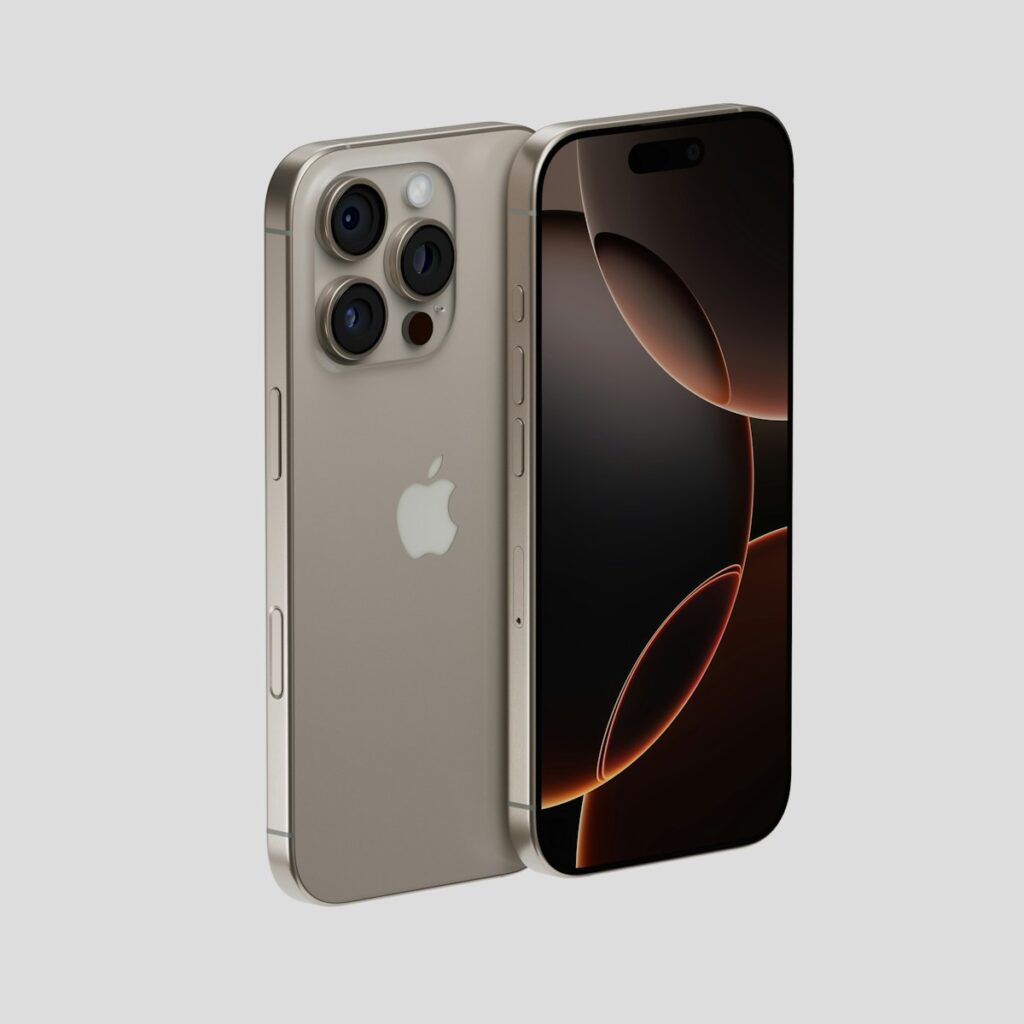
3. **The 48MP Ultra Wide Camera: A Macro and Detail Leap** The iPhone 16 Pro models introduce an upgraded 48-megapixel Ultra Wide camera, marking a substantial improvement over the previous generations’ 12MP sensors. This upgrade is designed to significantly enhance image quality, delivering “impressive sharpness,” as noted by Sebastiaan de With of Halide after extensive testing. The larger megapixel count allows for greater detail capture, especially in scenarios where cropping is desired, providing more flexibility in post-processing.
One of the most profound benefits of this enhanced Ultra Wide lens is its impact on macro photography. Prior iPhone models often produced macro photos by cropping from a 12-megapixel image, resulting in a comparatively low-resolution three-megapixel final output. With the new 48-megapixel Ultra Wide camera, “the 48-megapixel lens ‘does wonders’ for up-close shots,” enabling users to crop in and achieve a true 12-megapixel image with significantly more detail. This transformation makes macro photography a much more viable and rewarding endeavor on the iPhone.
It is important to note, however, that while the Ultra Wide camera receives a substantial megapixel boost, Apple did not equip this module with a larger physical sensor. Consequently, users “are still not going to get the level of detail that you get with the Wide camera, which has a much bigger sensor.” This distinction highlights Apple’s strategic allocation of sensor technology, prioritizing the main camera for ultimate detail, while the Ultra Wide is optimized for its specific expansive and close-up capabilities.
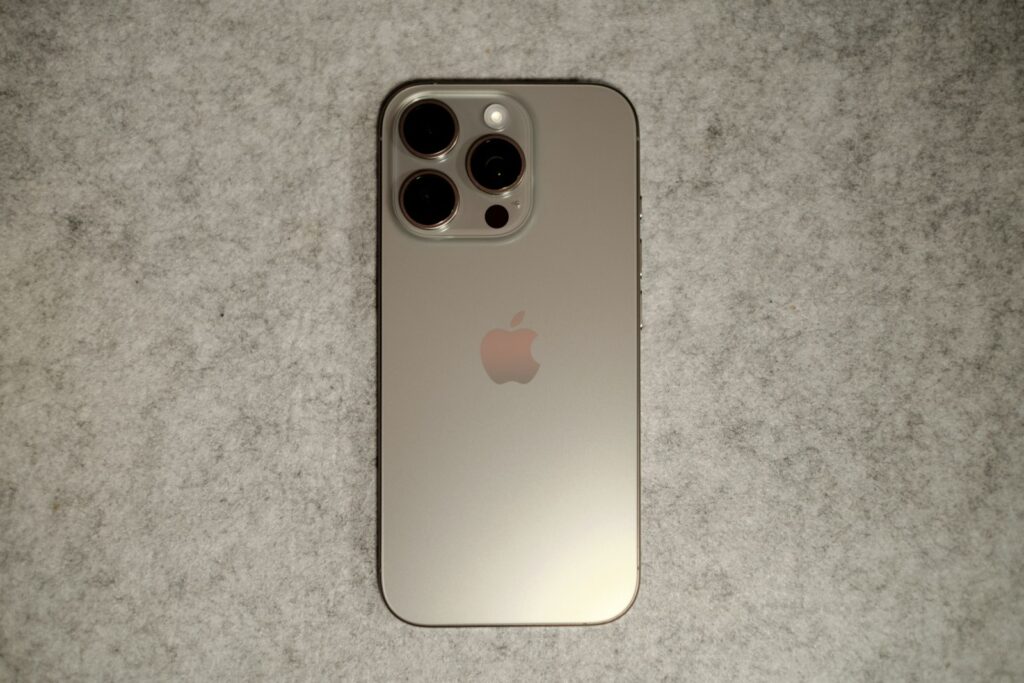
4. **Fusion Main Camera: Balancing Resolution and Low-Light Prowess** Apple’s primary camera, now rebranded as the “Fusion” camera, remains a cornerstone of the photographic capabilities of the iPhone 16 series. Both the iPhone 16 and iPhone 16 Pro models feature this new “Fusion” camera, although the iPhone 16 Pro is equipped with a physically larger and higher-quality sensor compared to the standard iPhone 16. The Main camera of the iPhone 16 Pro utilizes a sensor that is of the same physical size as that of the iPhone 15 Pro, continuing a trend of refining existing hardware for optimized performance.
The “Fusion” camera’s strength lies in its ability to combine pixels, producing superior 24-megapixel and 12-megapixel images by leveraging this rich data. It also retains the capability to capture full 48-megapixel photos, offering users flexibility depending on their needs for detail and file size. This sophisticated processing enables Apple to strike a balance between high resolution and excellent low-light performance, a critical aspect of modern smartphone photography.
Despite these internal enhancements, initial assessments from experts like Sebastiaan de With indicate that “The processing is about the same as that of last year, and there is little difference between images captured with the standard Wide camera of the iPhone 15 Pro and the iPhone 16 Pro.” This suggests that while the underlying technology and sensor quality remain top-tier, the most dramatic image quality leaps for the main sensor were perhaps achieved in previous generations, with the current focus on refinement and broader availability across the lineup.
Product on Amazon: True 5K Digital Cameras for Photography 48MP – WiFi, Wide-Angle & Macro Lens, 16X Zoom Autofocus, 32GB TF Card, Vlogging Camera for YouTube Travel (White)
Brand: NBDDIGITAL
Binding: Electronics Product Group: Camera
Price: 149.99 USD
Rating: 5.0 Total reviews: 21
Compatible Mountings: NO
Photo Sensor Technology: CMOS
Supported File Format: MP4
Model Name: S110
Maximum Webcam Image Resolution: 48 MP
Photo Sensor Size: 1/2.3-inch
Form Factor: Compact
Effective Still Resolution: 48 MP
Special Feature: compact
Shopping on Amazon >>
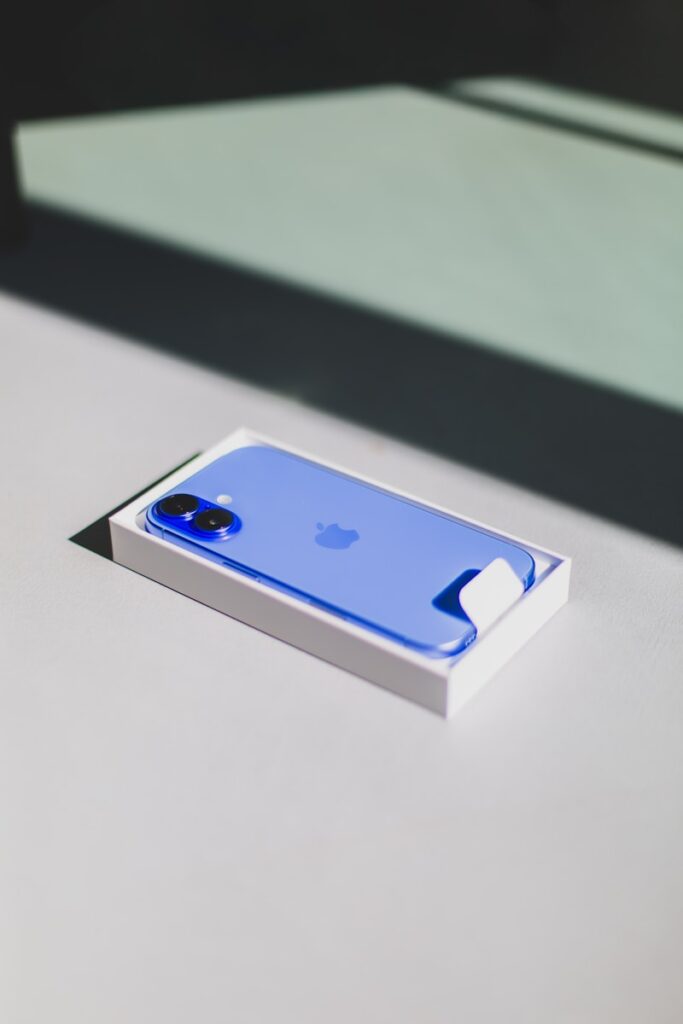
5. **Telephoto Lens Evolution: 5x Optical Zoom for All Pro Models** The telephoto capabilities of the iPhone Pro line have undergone significant democratization with the iPhone 16 series. Previously, the impressive 5x optical zoom camera was an exclusive feature of the larger iPhone 15 Pro Max. However, with the iPhone 16 Pro generation, this advanced telephoto lens “will now be available on both sizes of the iPhone 16 Pro models,” ensuring that users who prefer the smaller Pro model can also benefit from extended reach without compromising image quality.
This 5x optical zoom is achieved through sophisticated tetraprism technology, an engineering marvel that enables a longer focal length within the constrained space of a smartphone body. Coupled with this, the system benefits from 3D sensor-shift optical image stabilization. This advanced stabilization is crucial for maintaining image sharpness and stability, particularly at higher zoom levels where even minor hand movements can result in blurry images. The combination empowers users to capture distant subjects with remarkable clarity and precision.
The integration of this premium telephoto capability across both Pro models underscores Apple’s commitment to providing a consistent, high-end photographic experience throughout its professional lineup. It expands creative possibilities for users, allowing for more dramatic framing, detailed close-ups from afar, and enhanced versatility in various shooting environments, thus solidifying the Pro models’ status as comprehensive mobile photography tools.
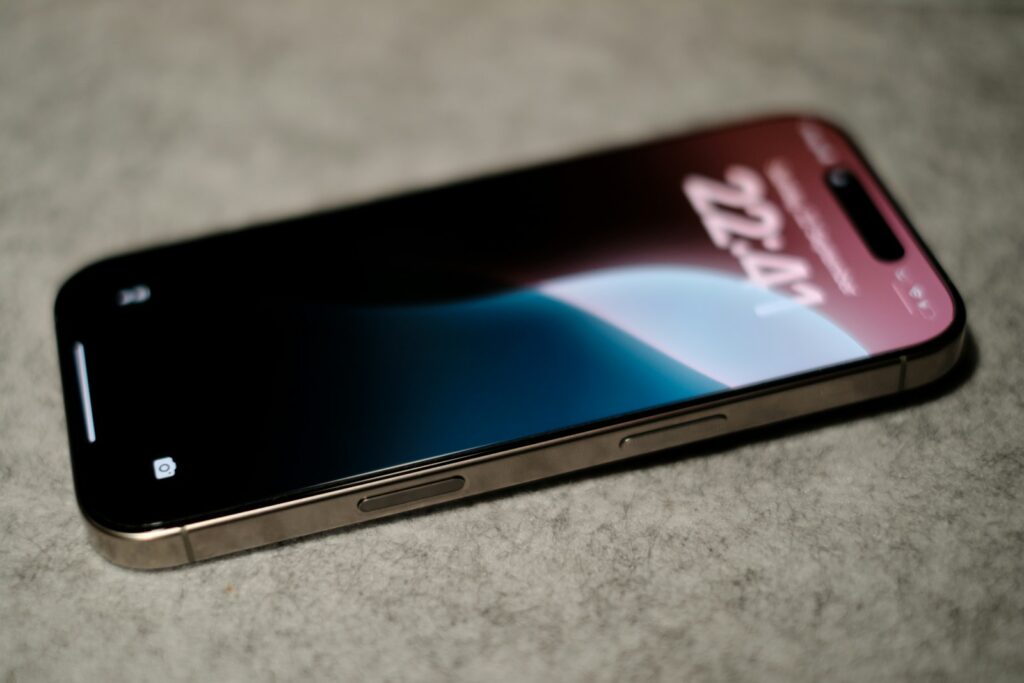
6. **Accelerated Image Capture and ProRAW Performance** Beyond sensor and optical upgrades, the iPhone 16 Pro series introduces notable internal changes that significantly enhance the speed and efficiency of image capture. A key improvement lies in the Apple Camera Interface, which now offers “faster sensor readout times, leading to improvements in QuickTake.” This means users can initiate video recording more rapidly from the photo mode, capturing spontaneous moments without delay.
The QuickTake feature itself has also undergone a substantial upgrade, now supporting “4K Dolby Vision HDR, which represents a noticeable improvement, according to de With.” This advancement elevates the quality of on-the-fly video captures, enabling richer colors, greater contrast, and overall more professional-looking footage directly from the QuickTake function. This is particularly valuable for content creators who need to quickly capture high-quality video.
Furthermore, the capture of high-resolution 48-megapixel ProRAW images is now “much faster, with quicker shutter speeds and minimal delay.” This acceleration addresses a common pain point for professional photographers who utilize ProRAW for its extensive editing flexibility. The reduced lag ensures that capturing these large, data-rich files is a more seamless experience, enabling photographers to focus on the shot rather than waiting for the device to process.
Product on Amazon: Evil eye 36X Telephoto Lens, High Power HD Telephoto Phone Lens with Tripod and Phone Clip for Android & iPhone, Samsung and Most Smartphone
Brand: Evil eye
Binding: Electronics Product Group: Camera
Price: 69.98 USD
Rating: 3.8 Total reviews: 55
Focal Length Description: 36X High Power HD Telephoto Lens
Lens Type: Telephoto
Compatible Mountings: Phone Clip
Camera Lens Description: 36X High Power HD Telephoto Lens
Shopping on Amazon >>
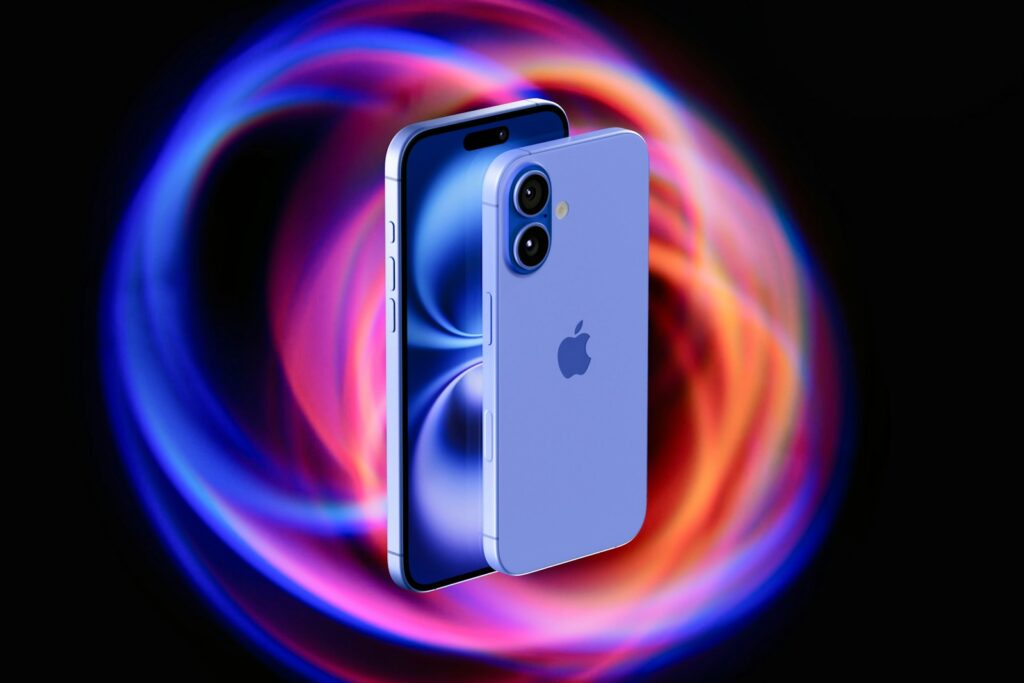
7. **Holistic Performance: A18 Processors and Thermal Management** Underpinning all the camera and AI advancements in the iPhone 16 series are substantial upgrades to performance and thermal management. Both the iPhone 16 and iPhone 16 Pro incorporate “new thermal management and design modifications intended to enable the processor to operate at higher speeds under sustained workloads,” such as intensive gaming sessions or lengthy video editing projects. This yields tangible benefits, with Apple asserting “30 percent better sustained performance in games on the iPhone 16 and a 20 percent improvement on the iPhone 16 Pro.”
At the core of these performance enhancements lie the new A18 and A18 Pro processors. The baseline iPhone 16 reportedly advances “two generations” from the A16 to the new A18 chip. This A18 chip is fabricated using a second-generation 3nm process, integrating “faster and more efficient transistors,” an updated 16-core Neural Engine, a 5-core GPU with hardware-accelerated ray tracing, and an enhanced six-core CPU. Specifically, the GPU is claimed to be “40 percent faster than the GPU in the A16 Bionic.”
For the iPhone 16 Pro, the A18 Pro processor offers an even more substantial upgrade. While also featuring a six-core CPU, it boasts “a novel design with larger caches, superior matrix operations for machine learning, and heightened efficiency.” Apple asserts that it is “15% faster than the CPU in the A17 Pro and can deliver equivalent performance to the A17 Pro while consuming 20% less power.” Its six-core GPU is also “20% faster than that of the A17 Pro.” Both the A18 and A18 Pro benefit from “17 percent higher memory bandwidth than previous-generation Apple Silicon,” collectively ensuring an exceptionally fluid and powerful user experience across the board.
Beyond the iPhone 16 series, Apple’s innovation landscape appears even more expansive. Whispers and credible leaks present a compelling vision of what the iPhone 17 Pro models might offer, fundamentally reshaping expectations for mobile photography and user experience. This future emphasizes refined camera capabilities, intuitive controls, and a truly intelligent, seamless operating environment.
8. **Enhanced Optical Zoom for the iPhone 17 Pro Models** One of the most anticipated advancements for the iPhone 17 Pro series pertains to its optical zoom capabilities. Following the iPhone 16 Pro’s 5x optical zoom, the iPhone 17 Pro and Pro Max are rumored to further enhance this feature. Anonymous sources indicate that the next generation could boast an impressive “8x optical zoom.”
This would represent a substantial increase from the 5x optical zoom found in current models. Such an enhancement would dramatically extend the iPhone’s reach, enabling users to capture distant subjects with unprecedented clarity and detail.
Achieving 8x optical zoom within the iPhone’s slim form factor would constitute an engineering marvel, likely relying on further advancements in tetraprism technology and sophisticated optical image stabilization systems. This would narrow the gap between smartphones and dedicated cameras.
The integration specifics remain speculative; however, the potential impact on mobile photography is immense. This underscores Apple’s continued commitment to providing users with greater creative freedom.
Product on Amazon: MIAO LAB 28X HD Telephoto Lens for iPhone Pro Max/Samsung/Android | High Power Zoom Camera Lens with Tripod Mount, Universal Smartphone Compatibility
Brand: MIAO LAB
Binding: Electronics Product Group: Wireless
Price: 59.99 USD
Rating: 3.7 Total reviews: 10
Focal Length Description: 10 to 20
Lens Type: Telephoto
Compatible Mountings: Samsung, iPhone/HUAWEI/
Camera Lens Description: 28X
Shopping on Amazon >>
Read more about: Awe Dropping Expectations: Everything You Need to Know About Apple’s September 9th iPhone 17 Launch
9. **A Potential Second Camera Control Button** Building on the innovative “Camera Control” button introduced with the iPhone 16 series, rumors suggest that the iPhone 17 Pro models could incorporate a second, complementary button. This indicates Apple’s aspiration to further enhance tactile control over the camera system.
According to reliable sources, this extra camera button could also be installed on the side opposite to the existing Camera Control. This strategic positioning would potentially provide a more balanced physical interface for photography and videography, similar to that of traditional cameras.
This rumored second button is anticipated to complement the existing one with its own dedicated settings. While the original button streamlines camera access and exposure, the new button could offer rapid access to specific modes, focus, or customizable shortcuts, enabling swift and precise adjustments.
Such an addition would not only improve ergonomics for landscape shooting but also accommodate professional workflows, providing immediate and tangible physical feedback. For demanding photographers and videographers, this dedicated interface would represent a significant advancement.
Product on Amazon: OIKSPY Button Camera 1080P Wearable External Phone Camera for Android Smartphone(Type-C only) Indoor and Outdoor Use
Brand: OIKSPY
Binding: Electronics Product Group: Camera
Price: 35.99 USD
Rating: 3.2 Total reviews: 20
Photo Sensor Technology: CMOS
Video Capture Resolution: 1080p
Maximum Focal Length: 15 Millimeters
Video Capture Format: MP4
Screen Size: 1.5 Inches
Connectivity Technology: USB
Special Feature: Portable
Model Name: wj-0419
Included Components: camera
Features:
1. The Button Camera is a versatile solution that enables you to affix a camera lens to a shirt button, making it perfect for utilizing your phone as an external camera for filming purposes.
2. 1080P High resolution: It captures at 1080P/30FPS, ensure you will get clear videos. Kindly notes: No Audio
3. Effortless setup: Simply connect your Type-C Android smartphone, launch the USB CAMERA app, and you’re ready to go.
4. Versatile capture: It supports both video and photo modes. Captured files are saved directly to your Android smartphone’s internal storage, making it easy to share on the internet.
Shopping on Amazon >>
Read more about: Ten Iconic Jet Age Dream Machines: Unpacking the Designs, Power, and Legacy of Mid-Century Automotive Innovation
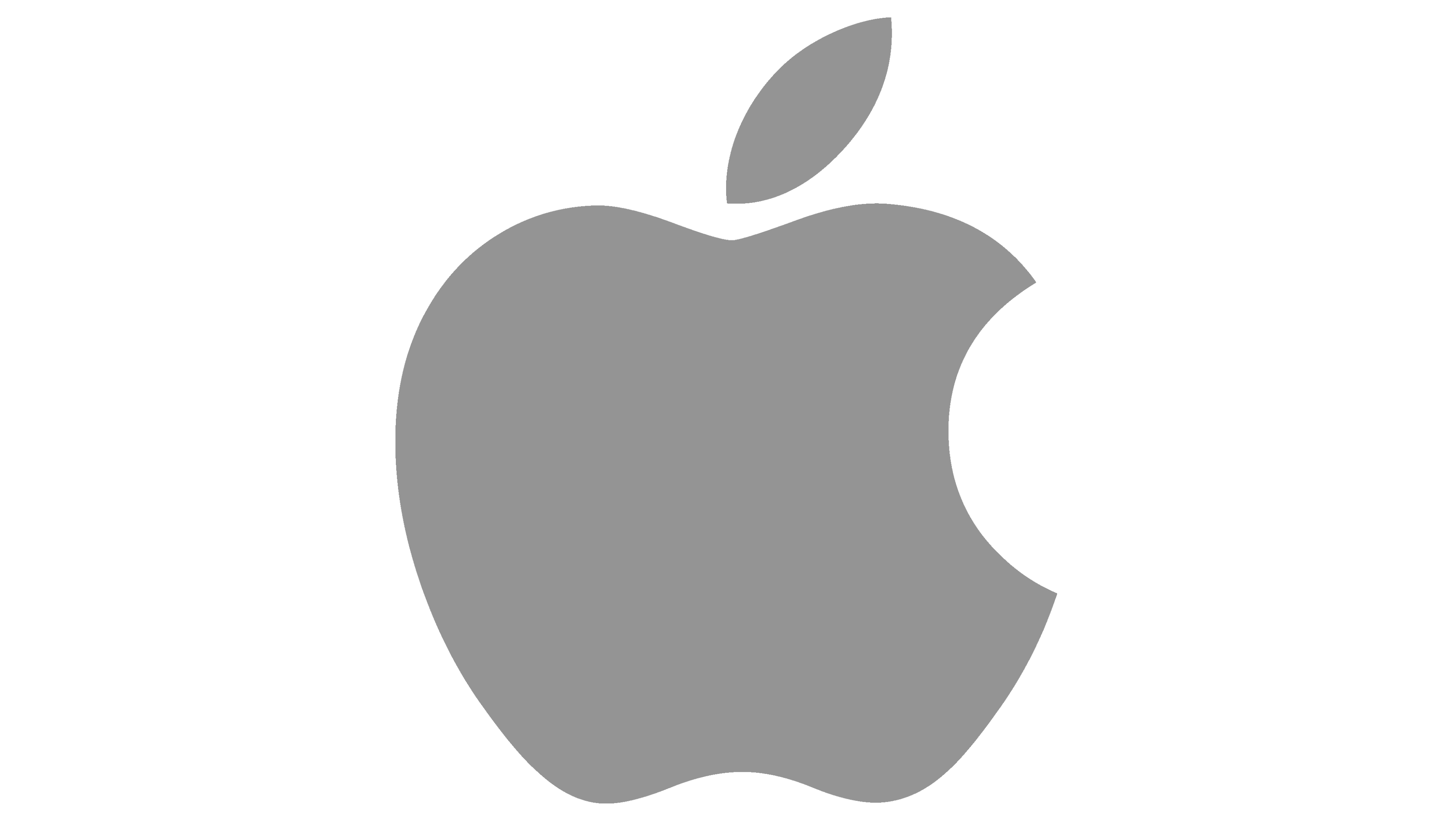
10. **Apple’s Dedicated Pro Camera Application** Perhaps one of the most exciting prospects for serious photographers is the rumor that “Apple is said to be developing a pro-level camera app.” This indicates Apple’s ambition to provide a first-party, comprehensive solution for advanced image and video capture.
Many professionals currently rely on third-party apps to fully unlock the iPhone’s camera potential. A dedicated “pro camera app” from Apple would consolidate these functionalities, offering a more deeply integrated experience optimized for Apple’s ecosystem.
The tipster suggests that this new app “may be introduced as an update to the Final Cut Camera app.” This leverages Apple’s existing expertise in professional video editing, extending its capabilities directly to the capture process. Its existence signals a serious commitment to the professional user base.
Such an application could offer granular control over ISO, shutter speed, white balance, and focus, along with support for advanced codecs and color profiles. It could integrate seamlessly with Apple Intelligence for intelligent scene analysis, post-processing, and in-app editing, transforming the iPhone into a versatile tool for photographers.
Product on Amazon: 2 PCS for ASDAWN Back Rear Camera Lens Glass Replacement for iPhone 15 Pro 6.1 Inches with Pre-Installed Adhesive, ASDAWN Back Camera Lens Glass kit with Installation Manual + Repair Tool Set
Brand: ASDAWN
Binding: Electronics Product Group: Wireless
Price: 11.98 USD
Rating: 4.1 Total reviews: 2543
Focal Length Description: 26mm millimeters
Lens Type: Standard
Lens Design: Prime
Shopping on Amazon >>
Read more about: Awe Dropping Expectations: Everything You Need to Know About Apple’s September 9th iPhone 17 Launch
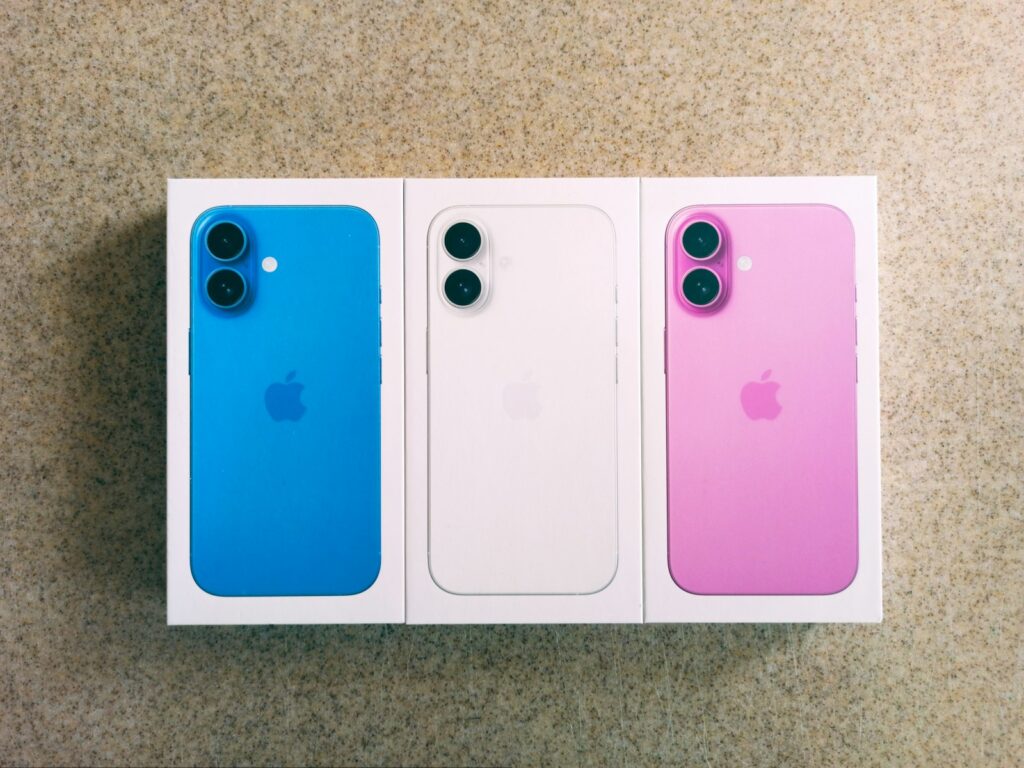
11. **Display Innovations and the Evolution of User Interface** The iPhone 17 series is not merely focused on camera upgrades; significant display innovations are on the horizon. Rumors suggest that “a higher refresh rate could be introduced across the entire lineup,” meaning even the baseline iPhone 17 models could finally feature a 120Hz display, enhancing fluidity.
This 120Hz upgrade for all models would also potentially enable the “always-on display” feature for the baseline iPhone, which has previously been a Pro-exclusive feature. The iPhone 17 could also feature a “slightly larger 6.3-inch display,” matching the rumored Pro size and enhancing multimedia and interaction experiences.
For Pro models, a report indicates that a “scratch-resistant, anti-reflective display” will be incorporated, significantly improving outdoor visibility and durability. This advanced screen technology, which has been praised on competitor devices, further elevates the Pro experience to an even more premium level.
Contradictory reports exist regarding the Dynamic Island; some suggest that “new metalens technology” could “reduce its size,” while others predict it will remain “largely unchanged.” Apple’s continuous refinement of display technology underscores its commitment to delivering leading-edge visual experiences.
Read more about: Awe Dropping Expectations: Everything You Need to Know About Apple’s September 9th iPhone 17 Launch
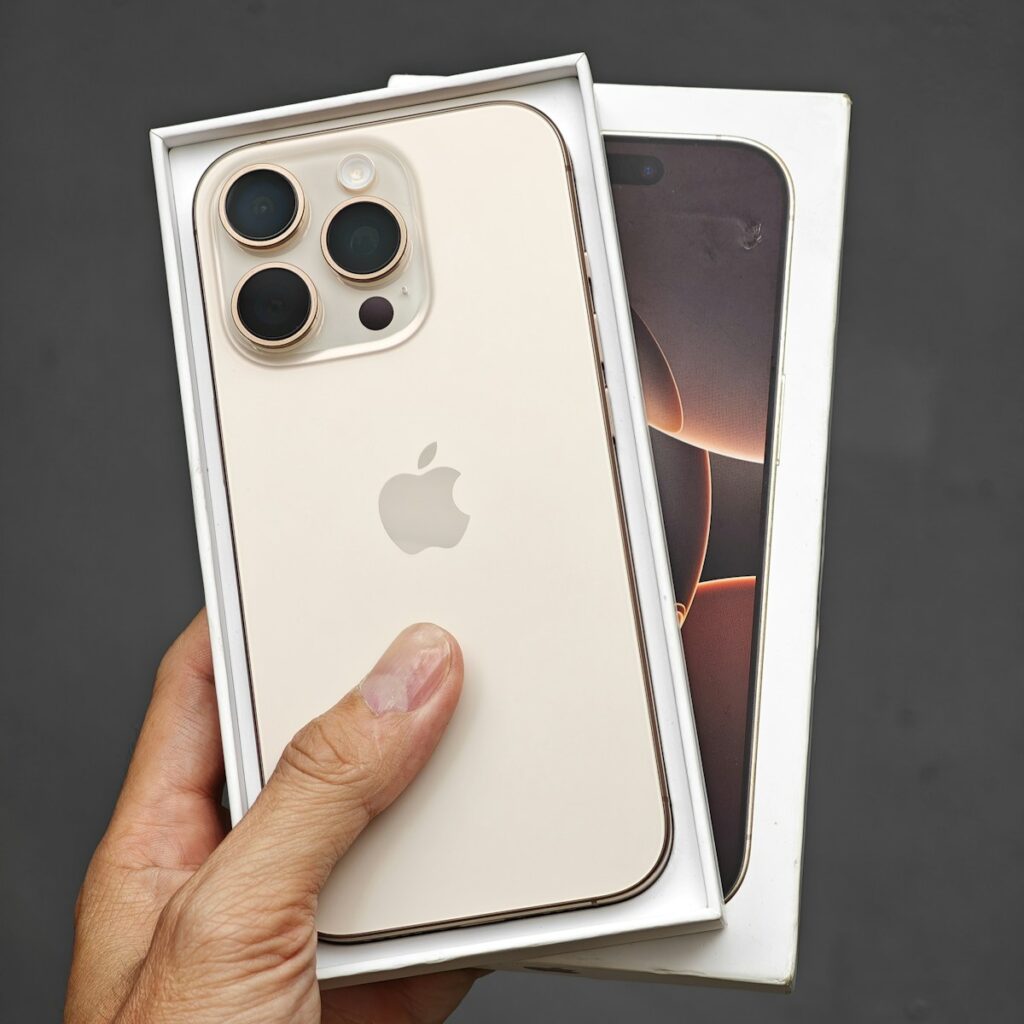
12. **Next-Generation Chipsets and Connectivity Upgrades** A new iPhone generation signifies a leap in processing power, and the iPhone 17 series continues this trend with next-gen chipsets. Consensus indicates that the baseline iPhone 17 will reportedly be equipped with an “A19 chip,” while the iPhone 17 Air and Pro models will feature the more powerful “A19 Pro chip.”
These new chipsets will deliver substantial performance gains, enabling more sophisticated Apple Intelligence features, enhancing gaming experiences, and improving overall system efficiency. Faster and more efficient transistors, coupled with advancements in the Neural Engine and GPU, will ensure that the iPhone 17 series remains at the forefront of mobile computing.
Beyond processing power, the iPhone 17 is rumored to introduce significant connectivity upgrades. It could incorporate “the Apple-developed 5G modem, known as the C1 chip,” a pivotal step towards independence from third-party suppliers and enabling tighter integration. Furthermore, the lineup is expected to replace Broadcom’s Wi-Fi chips with “in-house chips,” thereby enhancing connectivity and power efficiency within the Apple ecosystem.
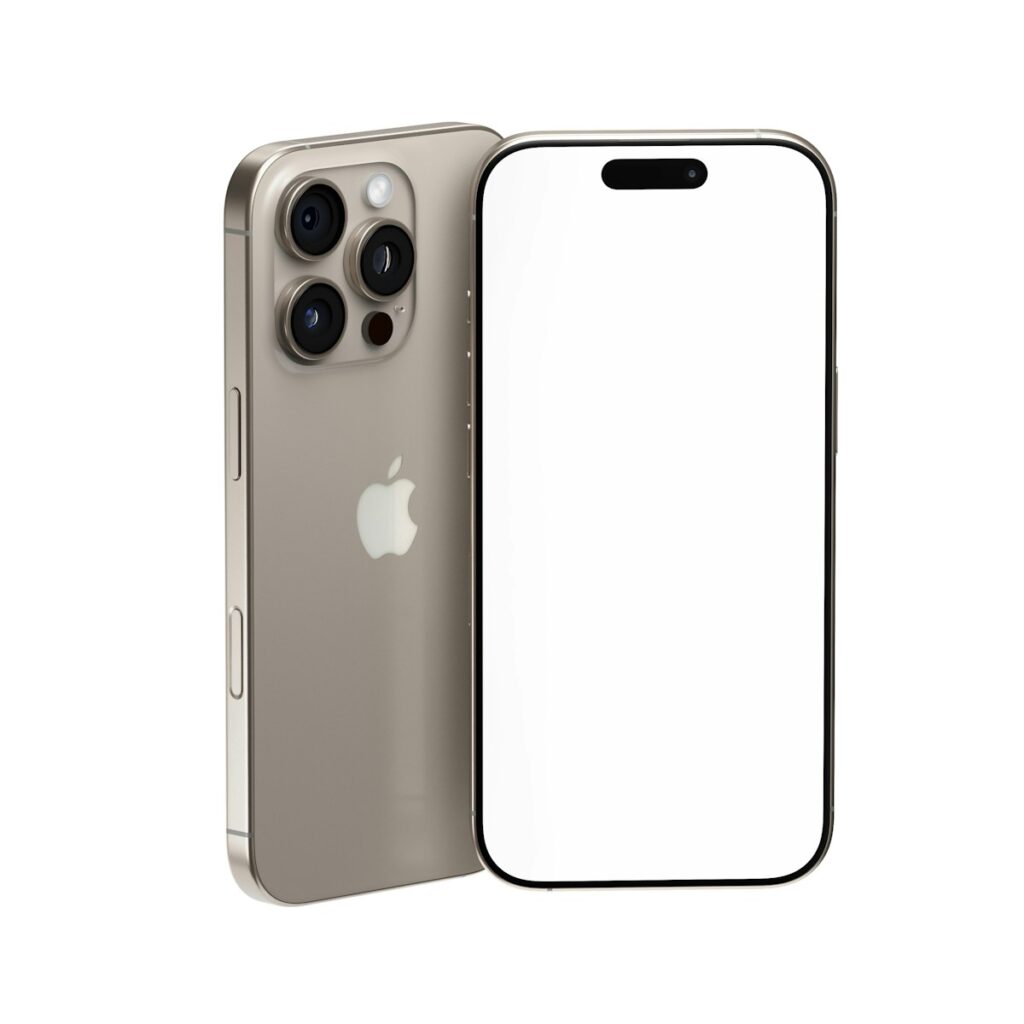
13. **The Transformative Impact of iOS 26** The software backbone of the iPhone 17 series, iOS 26, is poised to offer a “fresh look” and transformative features. Breaking away from traditional naming conventions, Apple has revamped its mobile operating system, aligning it with a more uniform appearance across its ecosystem.
A key aesthetic change is the “Liquid Glass interface,” which promises a “more transparent, lens-like appearance for the iPhone and other Apple devices.” This visual overhaul suggests a sophisticated, immersive user interface, subtly emphasizing depth and clarity.
Beyond aesthetics, iOS 26 introduces practical enhancements. The Camera app is expected to adopt a “more minimalistic design,” streamlining the user experience. The Photos app will feature “separate tabs for your Library and Collections,” simplifying navigation.
Messaging also undergoes significant upgrades. Users can anticipate “the ability to add backgrounds to chat windows and create polls in group chats,” fostering richer interactions. A “new screening tool can better detect spam texts and automatically move messages from unknown senders to a dedicated folder,” enhancing privacy and reducing digital clutter.
Read more about: Awe Dropping Expectations: Everything You Need to Know About Apple’s September 9th iPhone 17 Launch

14. **Increased RAM and Enhanced Battery Life for Future iPhones** To fully support next-generation AI and advanced camera functionalities, the iPhone 17 lineup is rumored to feature a significant increase in RAM. Reports indicate that the “iPhone 17 lineup will be equipped with 12GB of RAM, instead of the current 8GB.” It is widely acknowledged that the “iPhone 17 Air and Pro models will incorporate the increased 12GB of RAM,” providing sufficient memory for complex tasks.
Battery life remains a critical factor. While comprehensive upgrades across all models have not been confirmed, rumors suggest that “only the more expensive iPhone 17 Pro Max may receive a larger battery,” potentially around “5,000 mAh.” Combined with the “AI-powered Adaptive Power feature introduced with iOS 26,” this promises the “longest battery life” to date for the top-tier iPhone.
Discussions persist regarding a “redesigned camera bump” for the iPhone 17. The “iPhone 17 Pro’s three-lens camera configuration will be retained but will be mounted on a new panel that spans the phone’s width and matches the color of the rest of the device.” All models are expected to receive a “selfie camera upgraded to 24 megapixels,” doubling the resolution and enhancing front-facing image quality.
Read more about: Your Old iPhone is Obsolete: Why You’ll Want to Upgrade Immediately to Apple’s Latest Innovations
The iPhone 16 series has set a new benchmark, while the iPhone 17 lineup and iOS 26 promise an even more integrated, intelligent, and powerful mobile experience. From revolutionary camera hardware to a reimagined software interface, Apple’s relentless innovation guarantees that the future of the iPhone will be breathtaking. We are standing on the cusp of a new era in which smartphones serve as intelligent companions, empowering creativity in unimaginable ways. The evolution continues, becoming bigger, better, and bolder than ever before.

